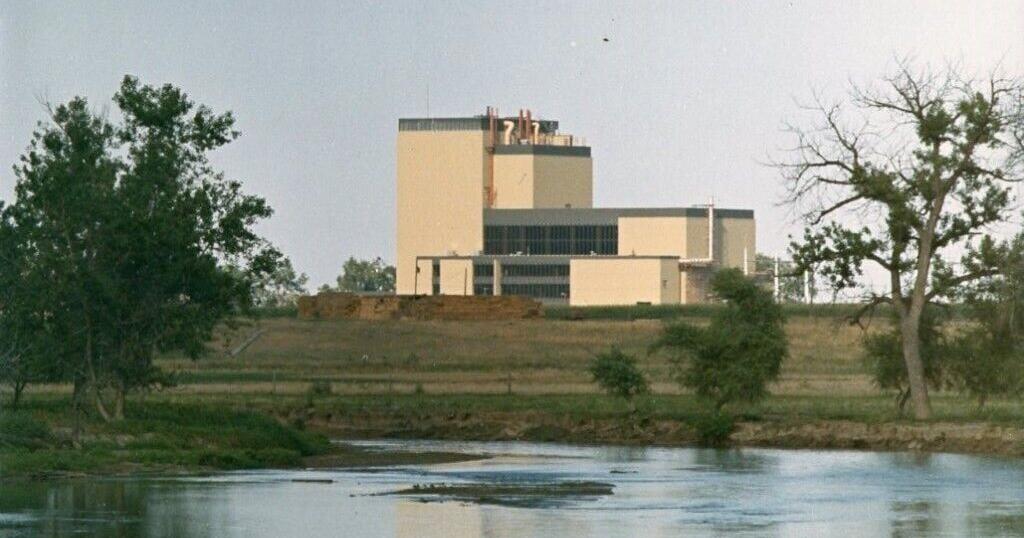Nuclear energy has faced an uphill battle in Colorado’s General Assembly for years, but the combination of green energy goals, physics and technological advancements has convinced legislators to add nuclear power as one of the clean energy sources for electrical power.
“Adding Nuclear Energy as a Clean Energy Resource,” aka House Bill 25-1040, made it over its next-to-last hurdle when it passed out of the Senate Friday by a 29-to-5 vote margin, sending it on to Gov. Jared Polis’ desk.
The legislature rejected similar bills in the two previous years. The bill passed out of the House on a 43-to-18 margin.
There is no guarantee that the governor will sign it or that utilities will decide to include nuclear power in their generating portfolios, though.
But formally adding nuclear energy to the list of approved sources improves the chances that public utilities will consider nuclear reactors when planning for the anticipated doubling of electrical loads nationwide by 2050 predicted by the North American Electric Reliability Corp. The designation eases difficulties with permitting, grants and other funding.
“We are seeing a rapid, unsustainable, dangerous loss of dispatchable generating resources, predominantly coal and gas,” said Federal Energy Regulatory Commissioner Mark Christie at the October 2024 Reliability Technical Conference. “They’re retiring far too quickly for reliability.”
“This is a good bill from Senator (Larry) Liston, and it will send us into the future of energy,” said Sen. Byron Pelton, R-Sterling, in a statement. “I’m glad it will positively impact Colorado and help us to diversify our energy options.”
Environmental organizations, however, are not happy with the prospect of nuclear power plants and continue to advocate for renewable energy.
“Utilities should explore all technology to cut climate pollution, but they also need to be realistic, said Sarah Tresedder, the Colorado Sierra Club Chapter’s Senior Climate and Energy Organizer, in a prior statement. “Studies from the Colorado Energy Office and many other institutions have consistently found that electric utilities can cost-effectively reduce their climate pollution by 95% or more using currently available technologies. Given that every electric utility in Colorado is far away from achieving those emissions reductions, they should be focused on cost-effectively deploying current technologies.”
With the advent of power-hungry data centers proposed by companies like Amazon and Google, electric vehicles, electrified businesses and homes and Gov. Polis’ $74 million investment in Colorado as a “global leader in quantum technology,” Colorado’s electric grid is going to need much more power.
Legislators, with their votes, appear to embrace the benefits of nuclear power as a source of steady, reliable baseload power and the new technologies for small modular reactors that make it more affordable to build such plants.
“I think that the real difference maker here was the fact that you had a Democrat leading on this bill,” said Rep. Alex Valdez, D-Denver, one of the bill’s prime sponsors. “I think that’s kind of where the interest has been peaked here because what we’re trying to prove is that Democrats can really be brought along if we keep the conversation about the truth of the industry and the potential that our country has to be better at how we do nuclear already.
“And what I think is the best outcome here is it shows that Democrats and Republicans can work together on clean energy and that we all benefit when we do that.”
Valdez told The Denver Gazette that objections to nuclear energy are overwrought and based on fears of nuclear conflict, not on the current reality that includes 94 nuclear power plants in the U.S. — some of which have been running since the 1960.
“The rational thing to do is to look at the history of our program and look at how many megawatts we’ve generated and the fact that 50% of our clean energy in the United States is already coming from nuclear, and those plants are — a lot of ’em — located in blue states,” said Valdez. “I think it’s just a matter of getting over a fear that’s really rooted in a different program than the energy program.”
“The timely expansion of our domestic nuclear capacity will require us to build new reactors at a pace that we haven’t seen since the 1970s — relying heavily on design standardization, new manufacturing techniques, and the lessons learned from past deployments,” according to the U.S. Department of Energy Office of Nuclear Energy.
